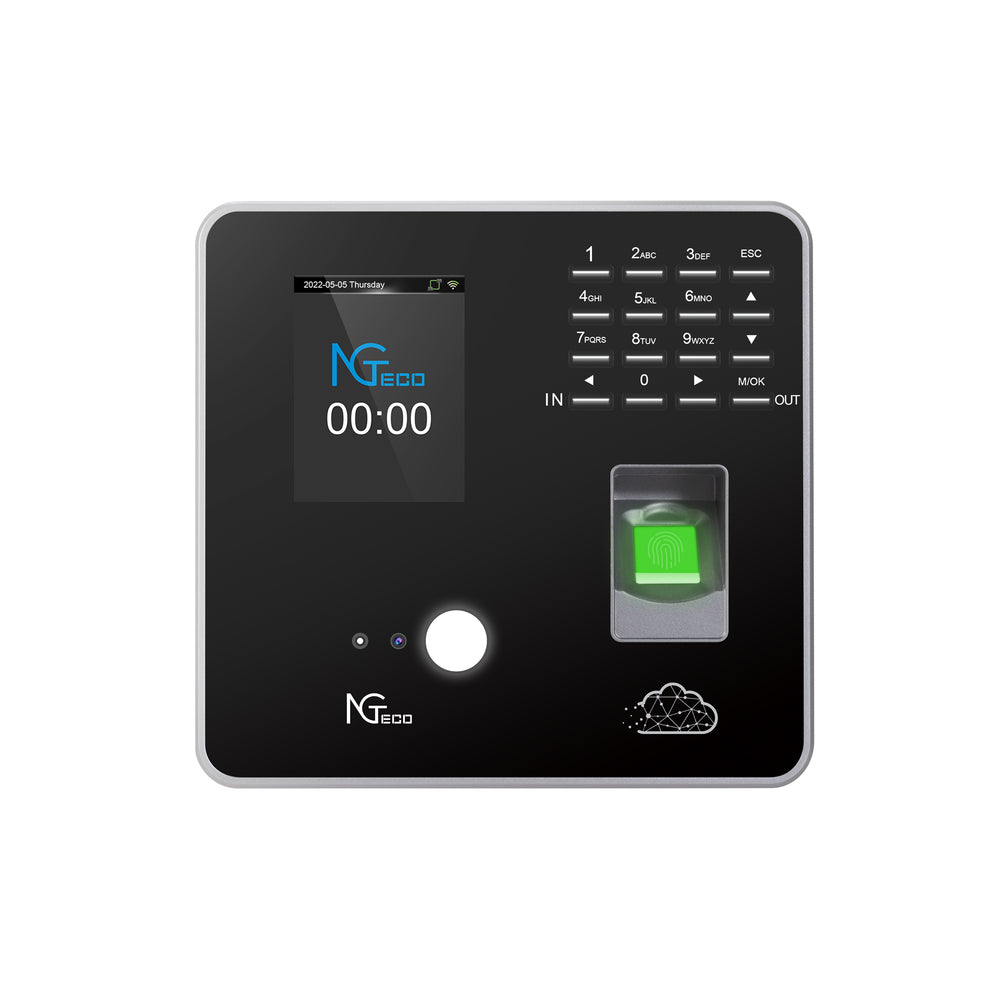Unlocking the Secrets of Cost-Free Time Clocks: Are They the Game Changer You Need?
In today's fast-paced work environment, time management is crucial for success across various industries. Time clocks play a vital role in tracking employee hours, ensuring accurate payroll, and enhancing productivity. However, as businesses evolve, so does the need for cost-effective solutions. This growing interest in cost-free time clocks—those that don't charge subscription fees—has opened new avenues for employers, especially small business owners and startups who seek to minimize expenses while maximizing efficiency. This article aims to explore the concept of time clocks without subscription fees, delving into their functionality, advantages, and potential drawbacks, helping you decide if they are the right fit for your organization.

Understanding Time Clocks Without Subscription Fees
A time clock without a subscription is a system that allows businesses to track employee hours without incurring recurring monthly or yearly fees. These systems can be hardware-based, like traditional punch clocks, or software solutions that can be installed on existing computers or mobile devices. The appeal of avoiding subscription costs is significant; businesses can save money while still maintaining a reliable method for time tracking. These systems typically come with a one-time purchase price, which can be more manageable for many small businesses. Understanding how these time clocks function and the types available can help organizations make informed decisions that align with their operational needs.
Advantages of Cost-Free Time Clocks
One of the most compelling benefits of cost-free time clocks is the immediate cost savings. By eliminating subscription fees, businesses can allocate resources to other areas, such as marketing or employee training. Additionally, these systems often boast simplicity and ease of use. For instance, a friend of mine who runs a small bakery utilized a simple time clock that required no ongoing payments. She found that the straightforward interface allowed her employees to clock in and out without confusion, reducing time spent on payroll issues. Furthermore, cost-free time clocks are often more straightforward to implement, allowing small businesses to hit the ground running without the burden of ongoing costs or complex setups.
Potential Drawbacks of No Subscription Time Clocks
Despite their advantages, cost-free time clocks are not without their limitations. A primary concern is the lack of customer support that often accompanies these systems. Without a subscription, businesses may find themselves without access to timely assistance if issues arise. Additionally, many no-subscription models may offer fewer features compared to their subscription-based counterparts, such as advanced reporting tools, integrations with other software, or mobile access for remote employees. Hidden costs can also be a concern; while the initial investment might be low, maintenance, updates, or other unexpected fees can add up over time. It’s essential for businesses to consider these factors carefully when opting for a cost-free time clock solution.
Comparative Analysis: Subscription vs. No Subscription
When comparing subscription-based time clocks to their no-subscription counterparts, it’s important to evaluate the features, costs, and long-term value of each model. Subscription services often provide a more comprehensive set of features, including detailed analytics, mobile applications, and robust customer support. However, these advantages come at a price, and for some businesses, particularly startups or those with tight budgets, the recurring fees can be a significant burden. In contrast, no-subscription models may lack some advanced features, but they offer a straightforward, cost-effective solution that can be ideal for businesses with less complex time-tracking needs. Ultimately, the decision will depend on individual business circumstances, including size, budget, and specific operational requirements.
Evaluating Time Clock Solutions
In summary, time clocks without subscription fees present a unique opportunity for businesses seeking to streamline their time-tracking processes while minimizing costs. While they offer several advantages, such as cost savings and simplicity, it is crucial for potential users to carefully weigh the pros and cons before making a decision. Understanding the limitations and challenges associated with these systems will empower businesses to choose a time clock solution that best fits their needs, ultimately enhancing productivity and operational efficiency.






تعليقات